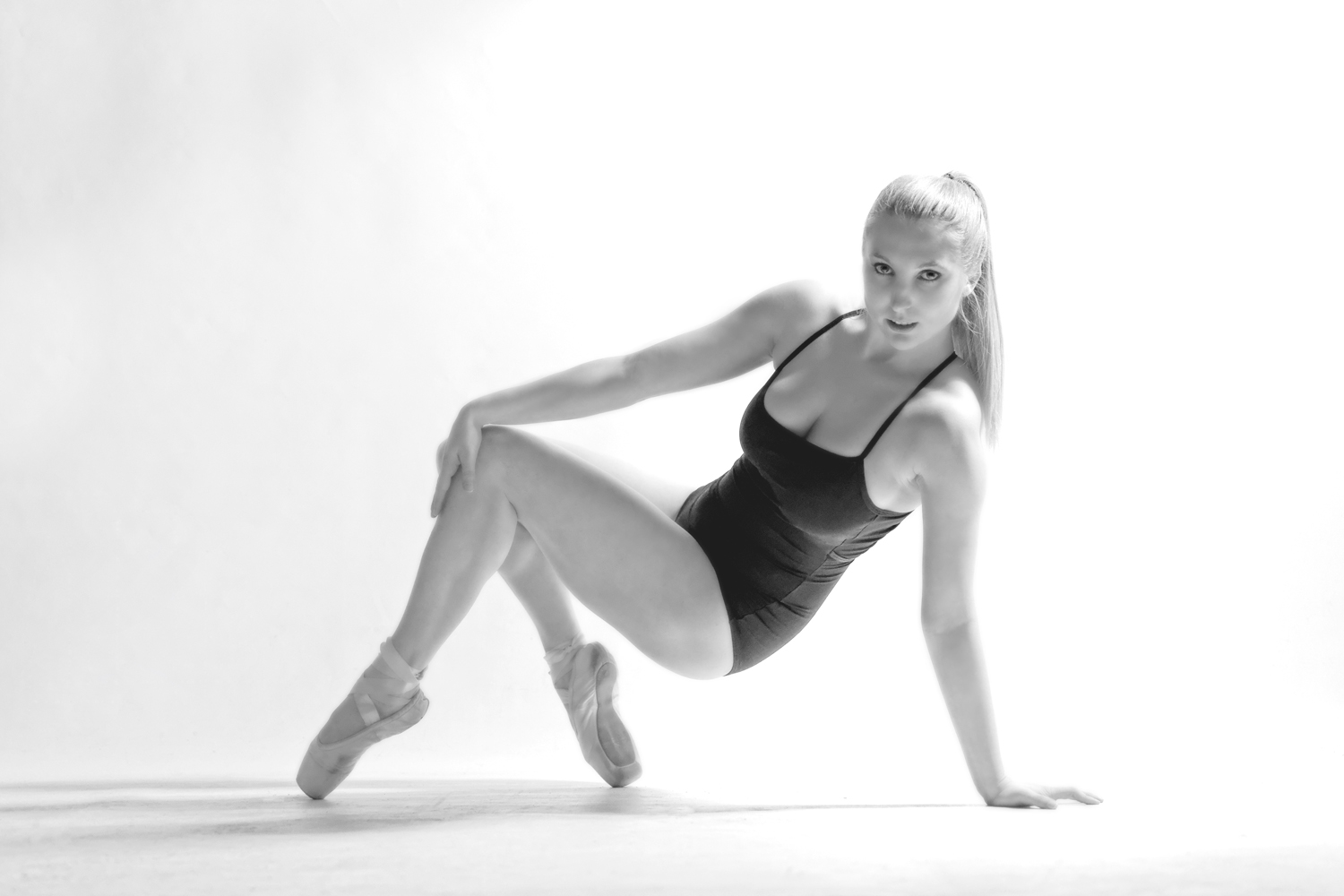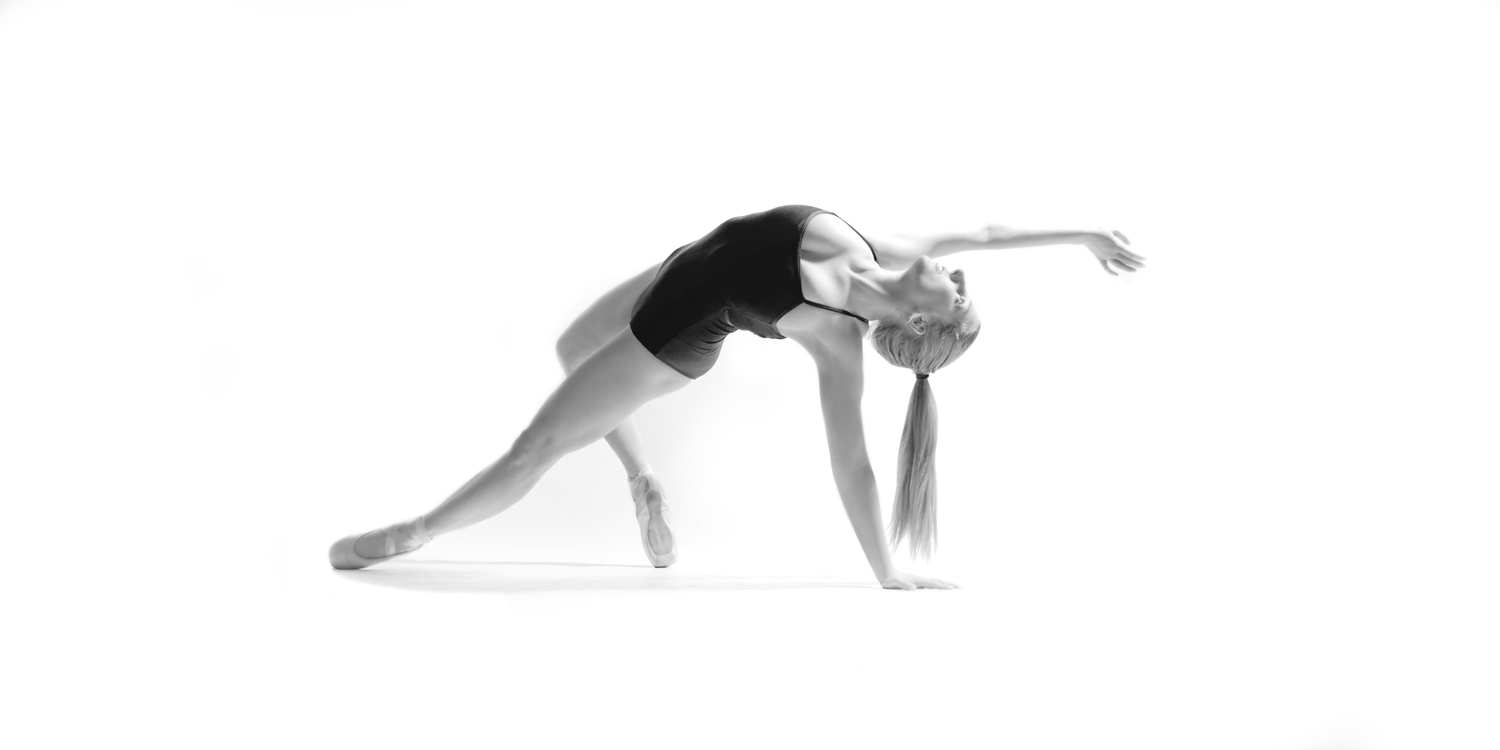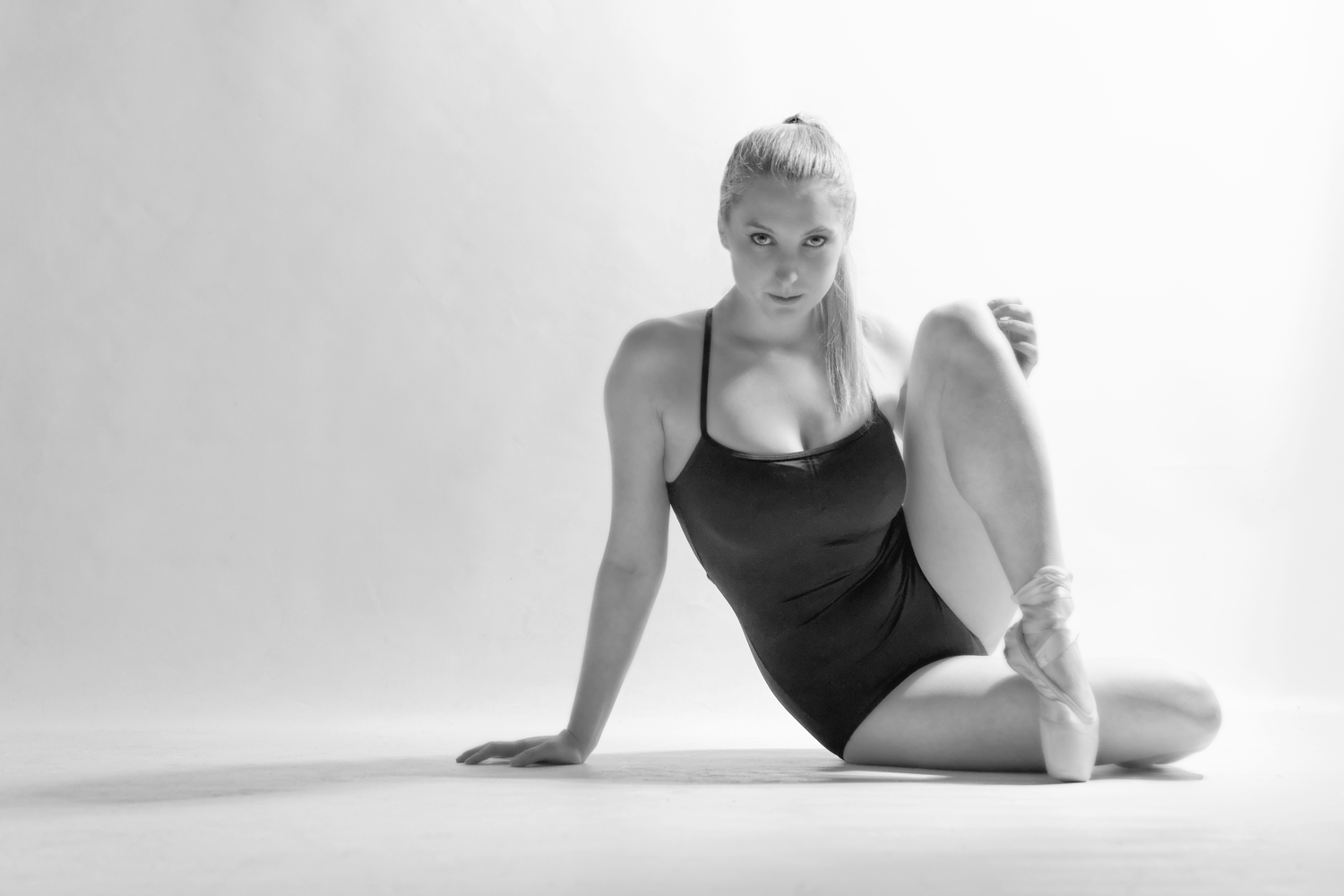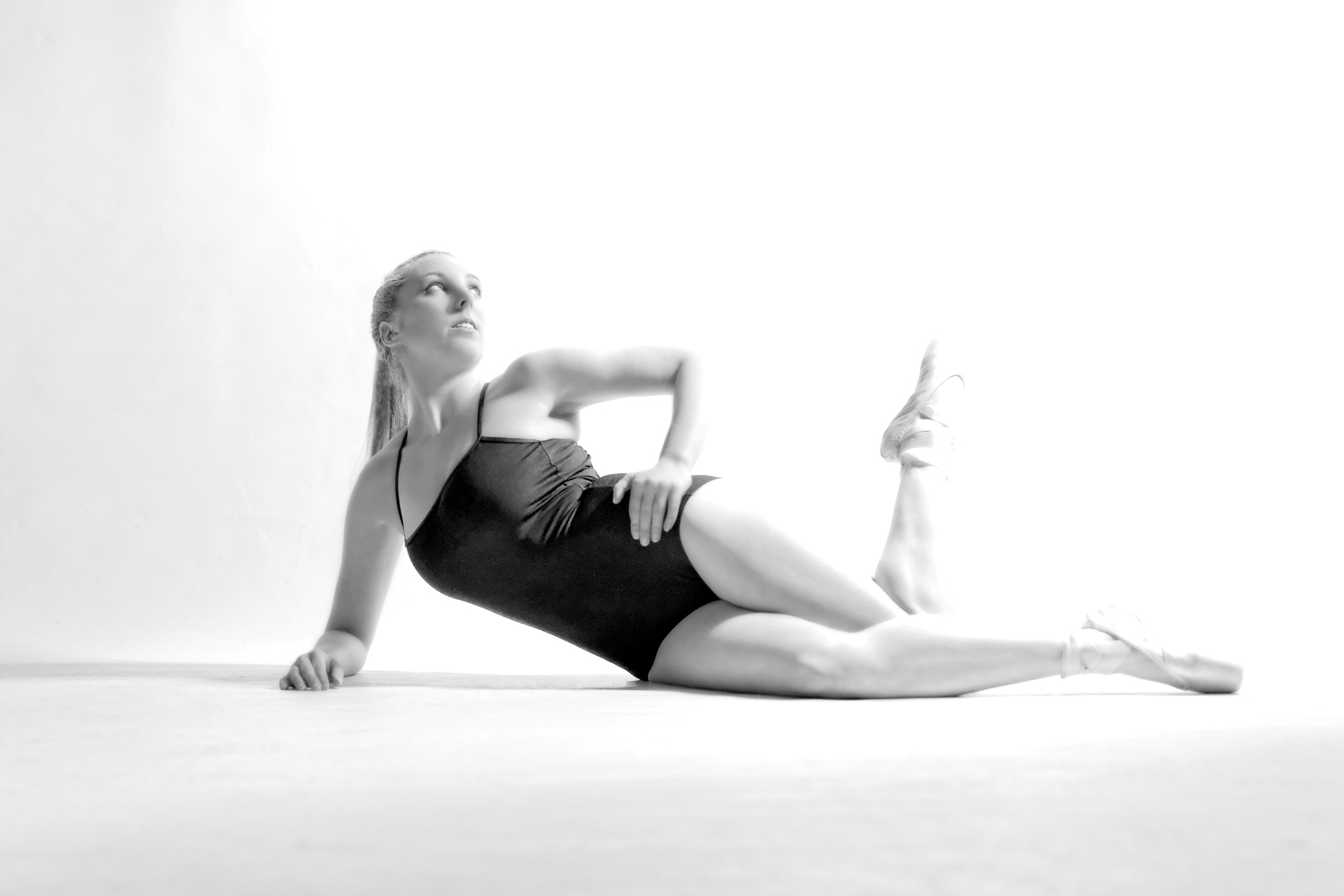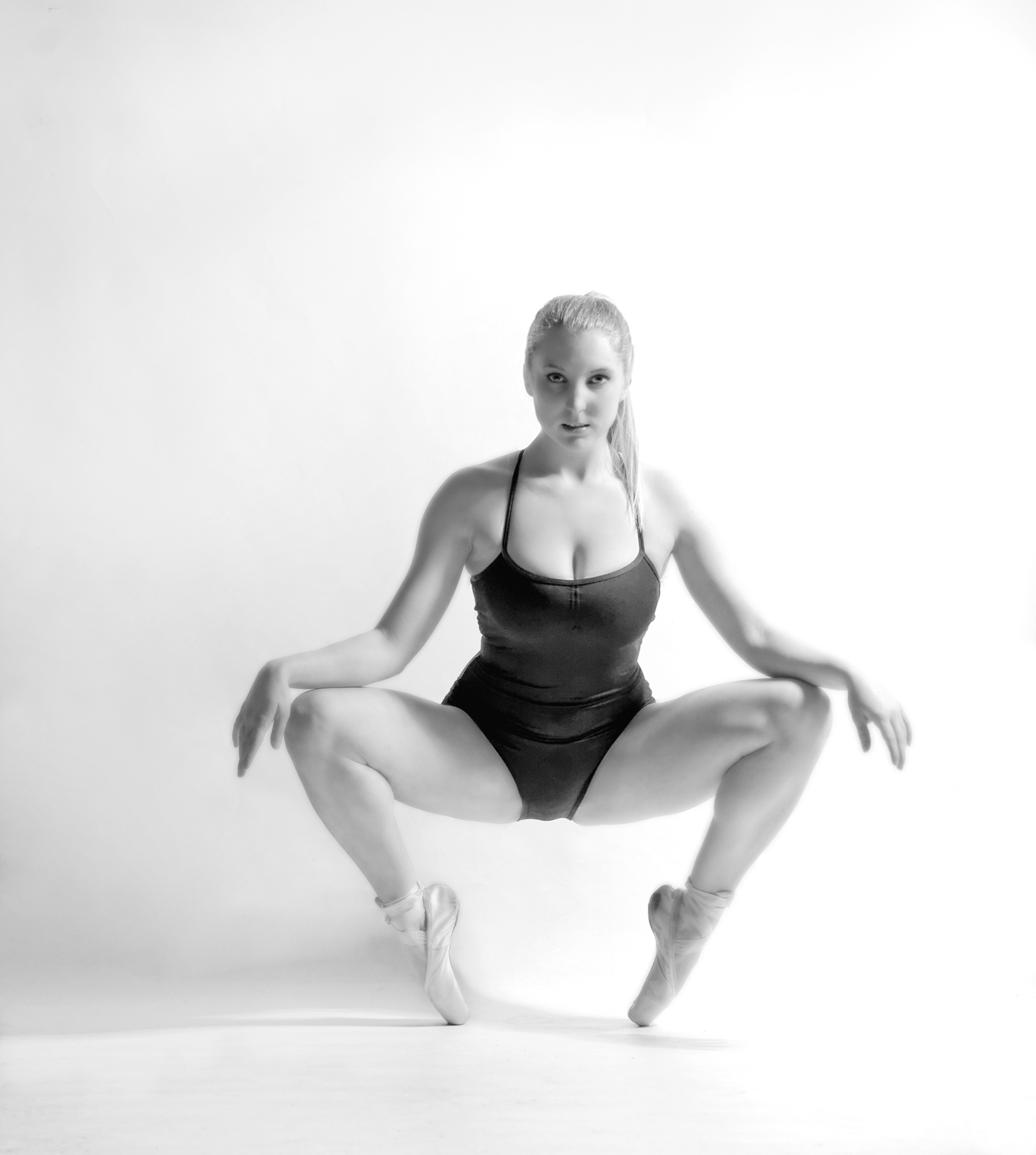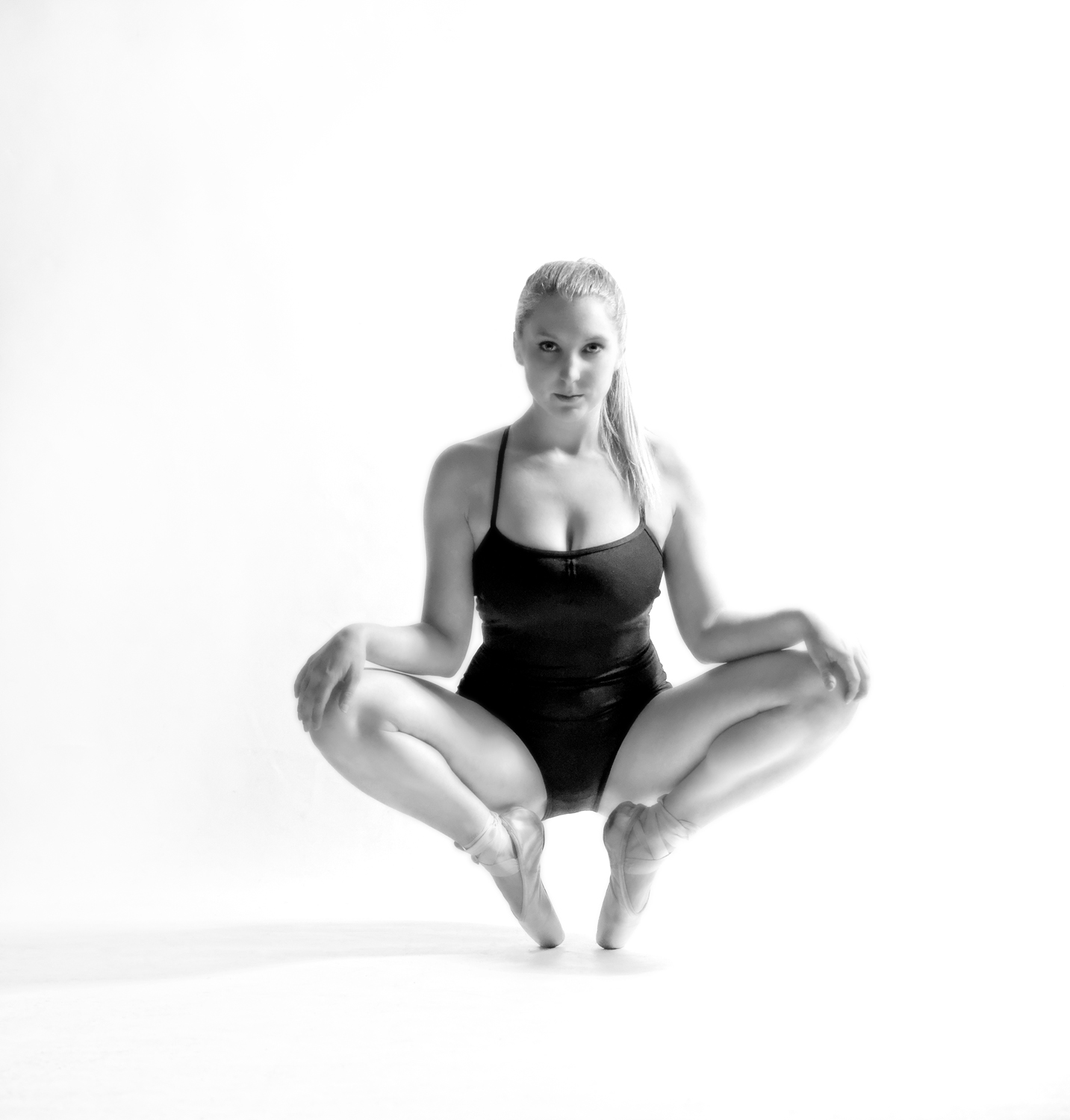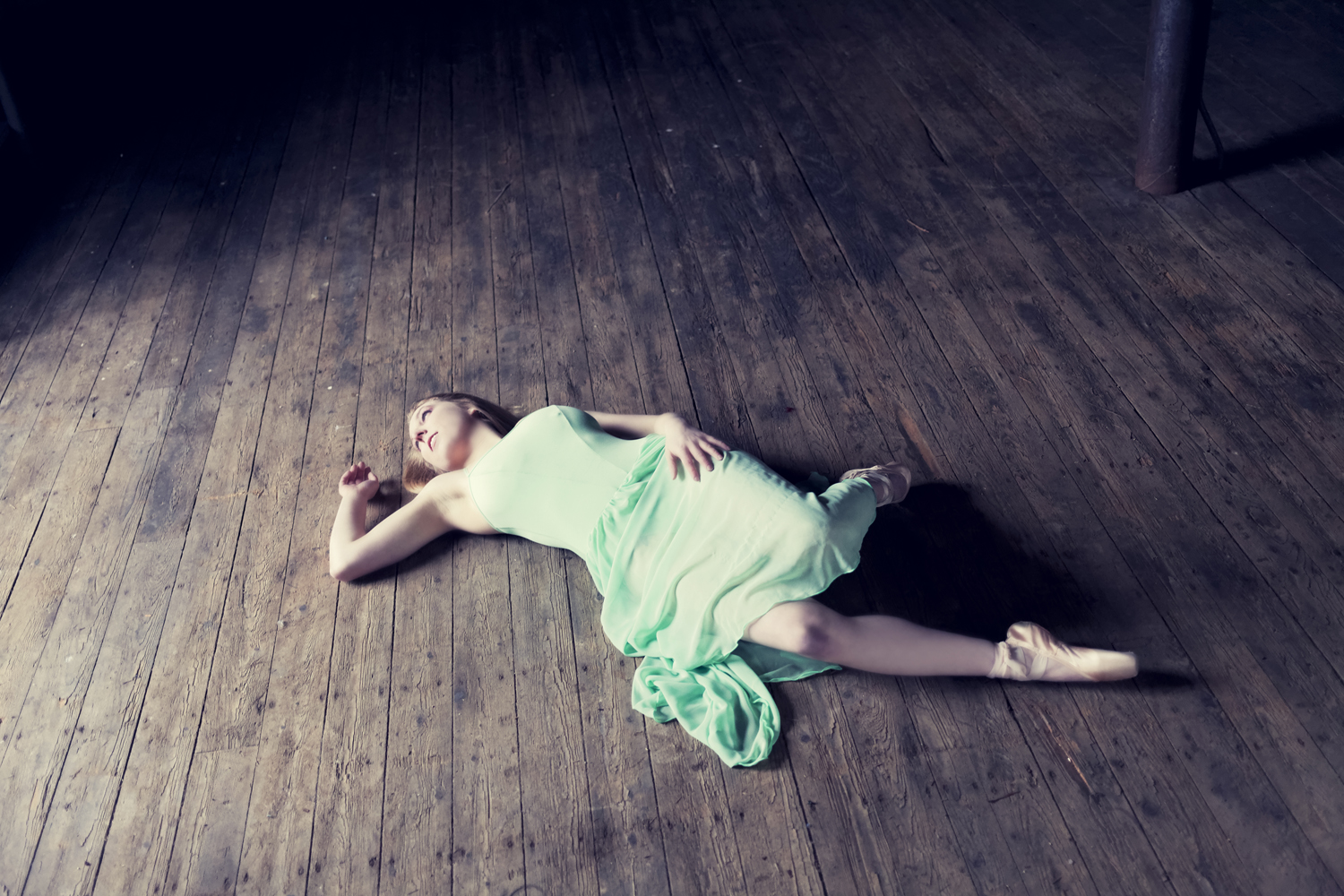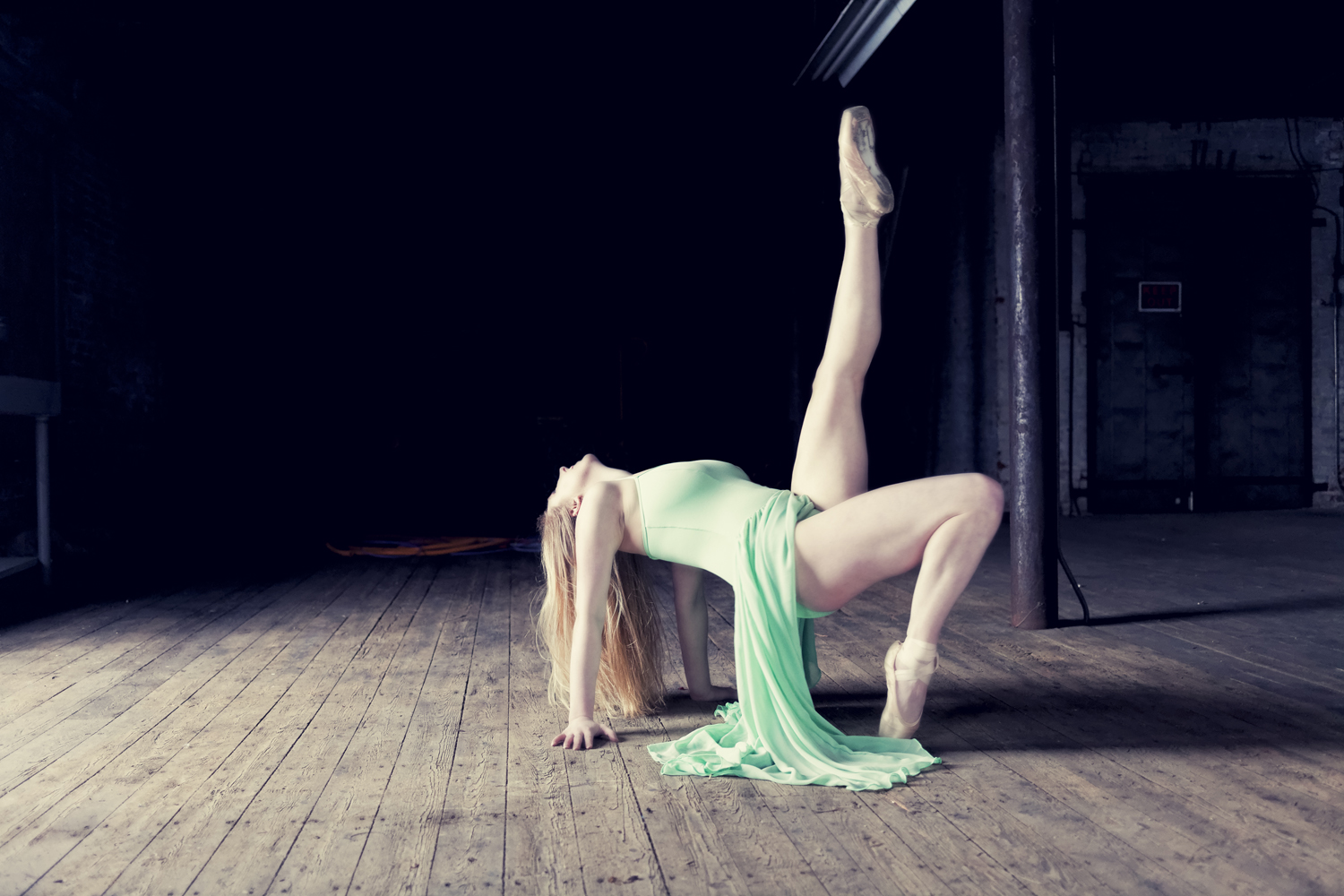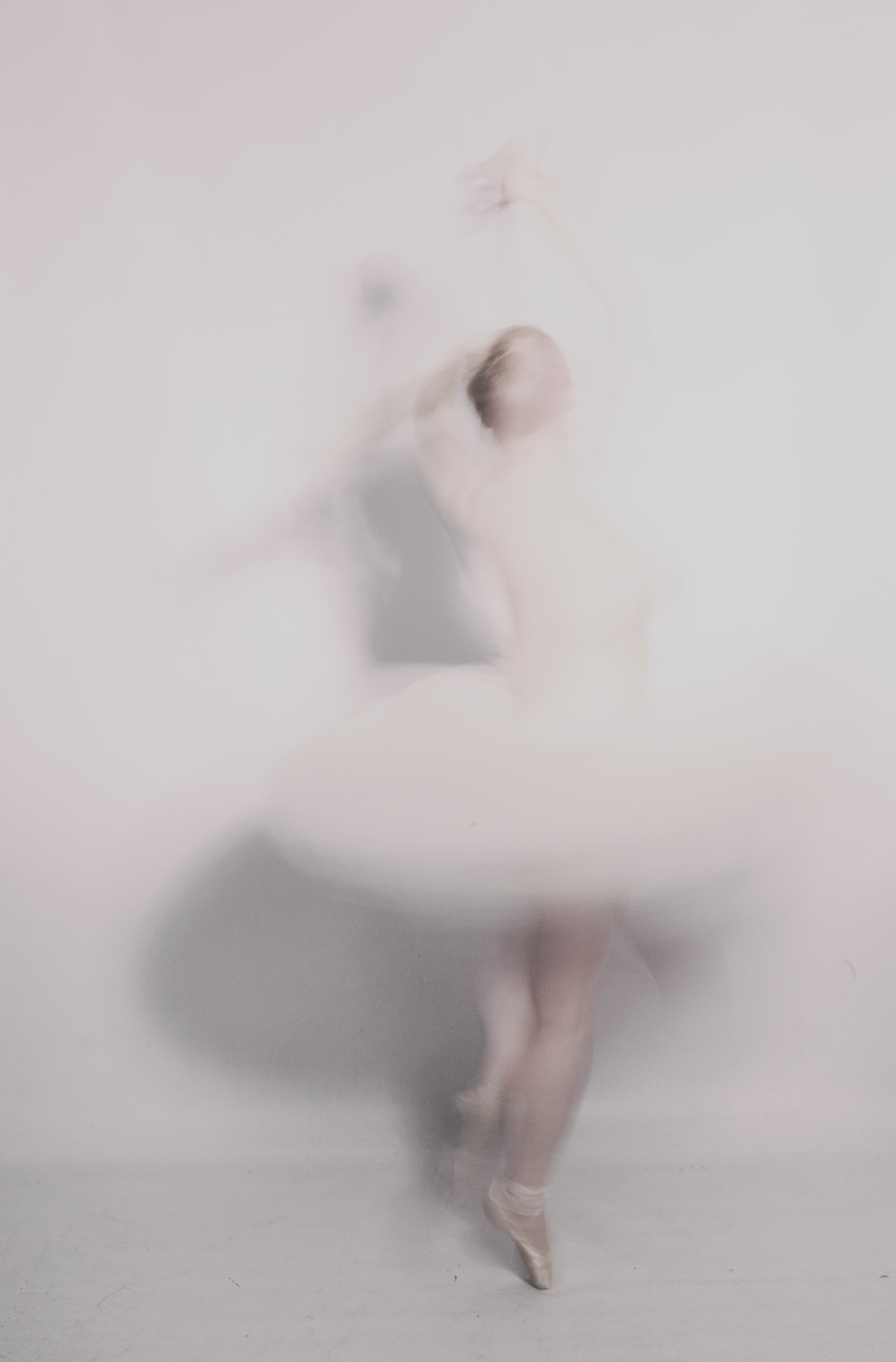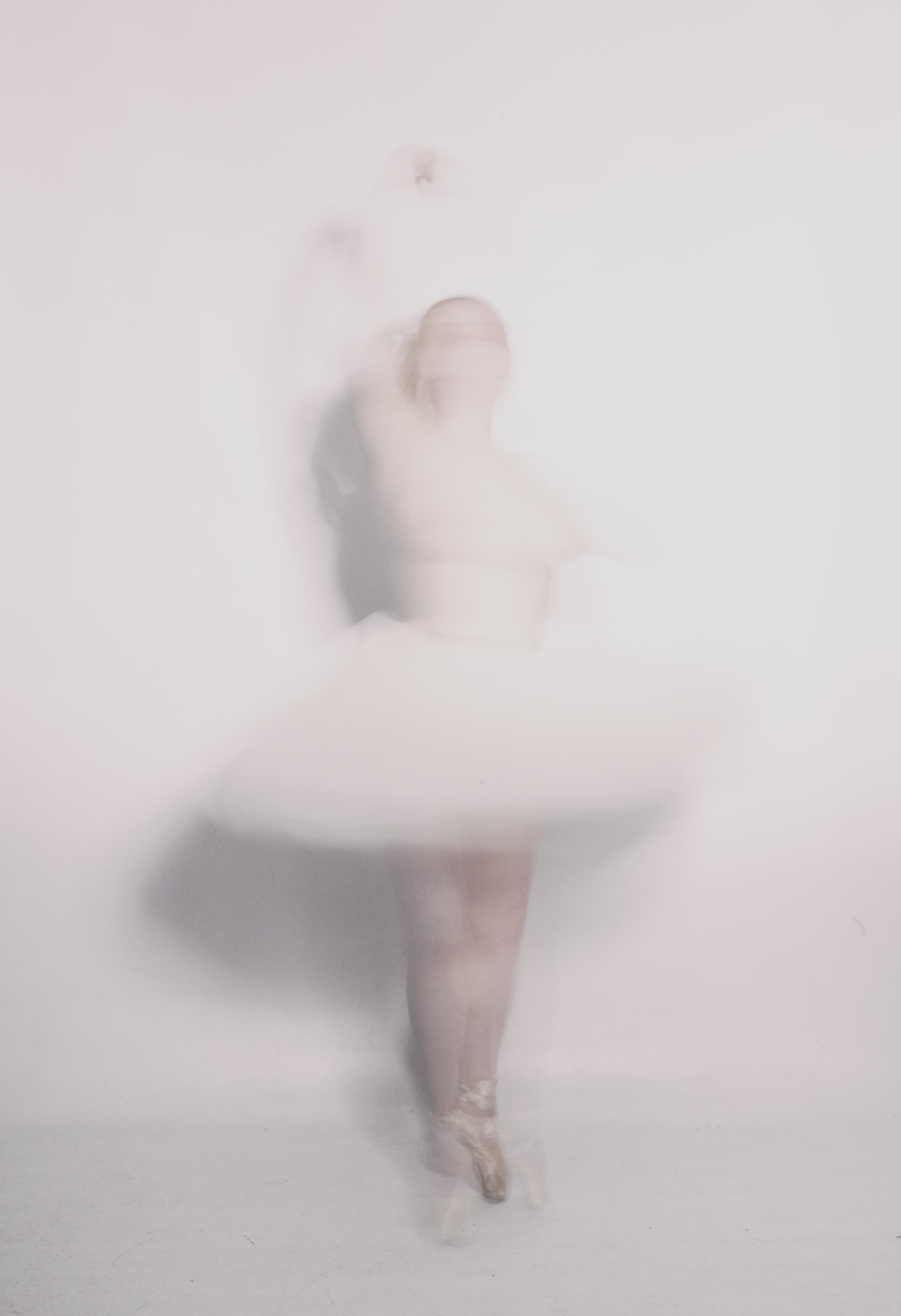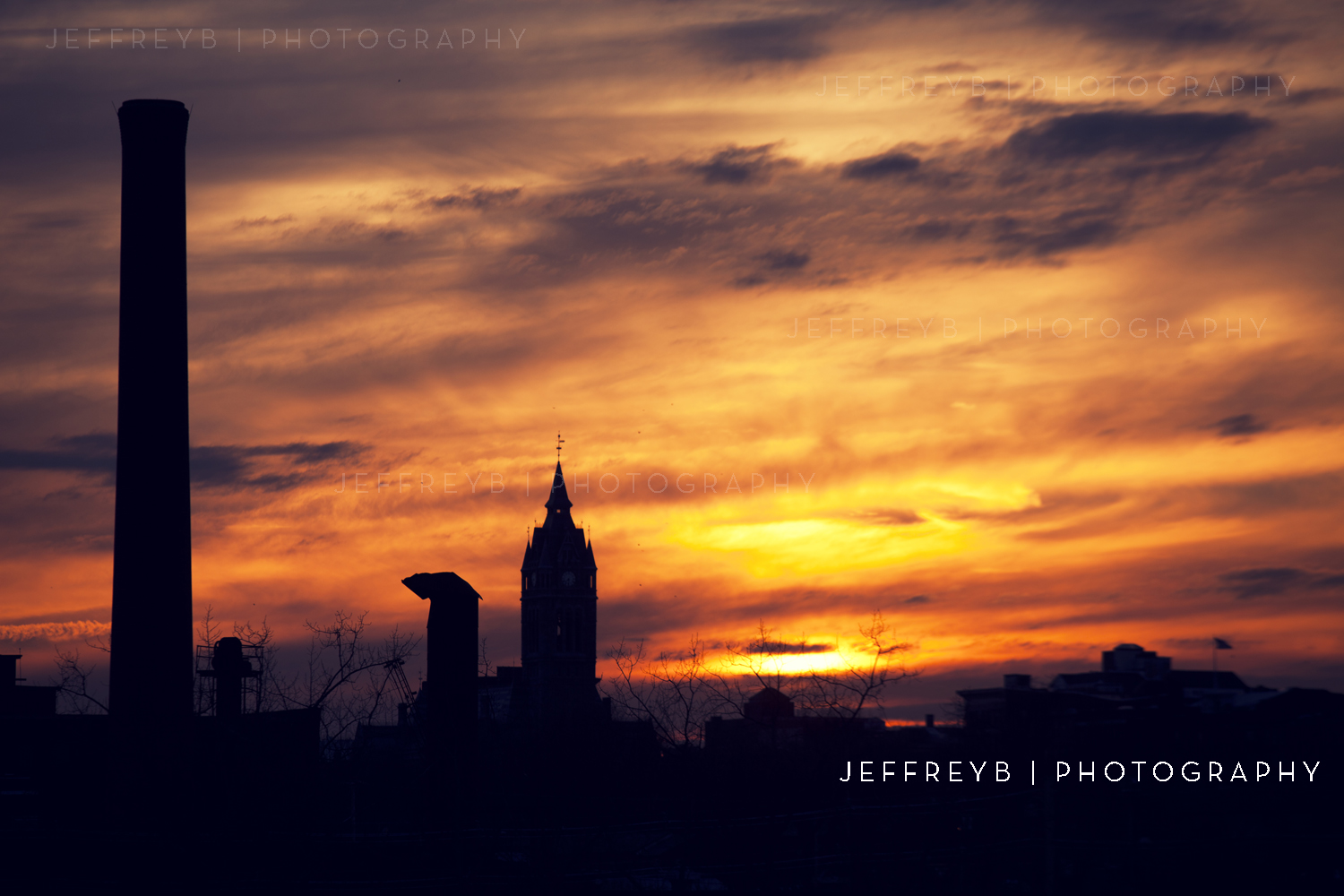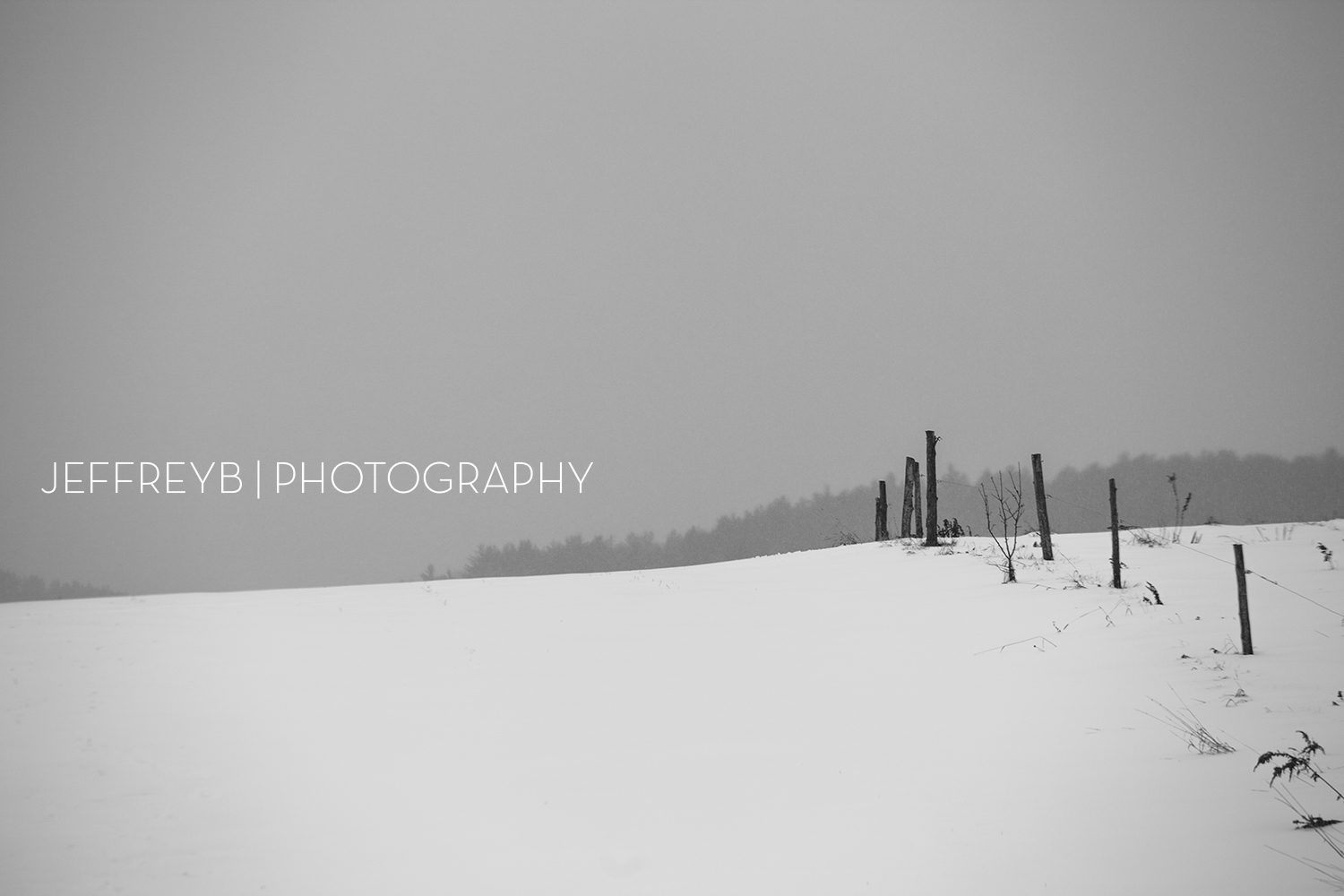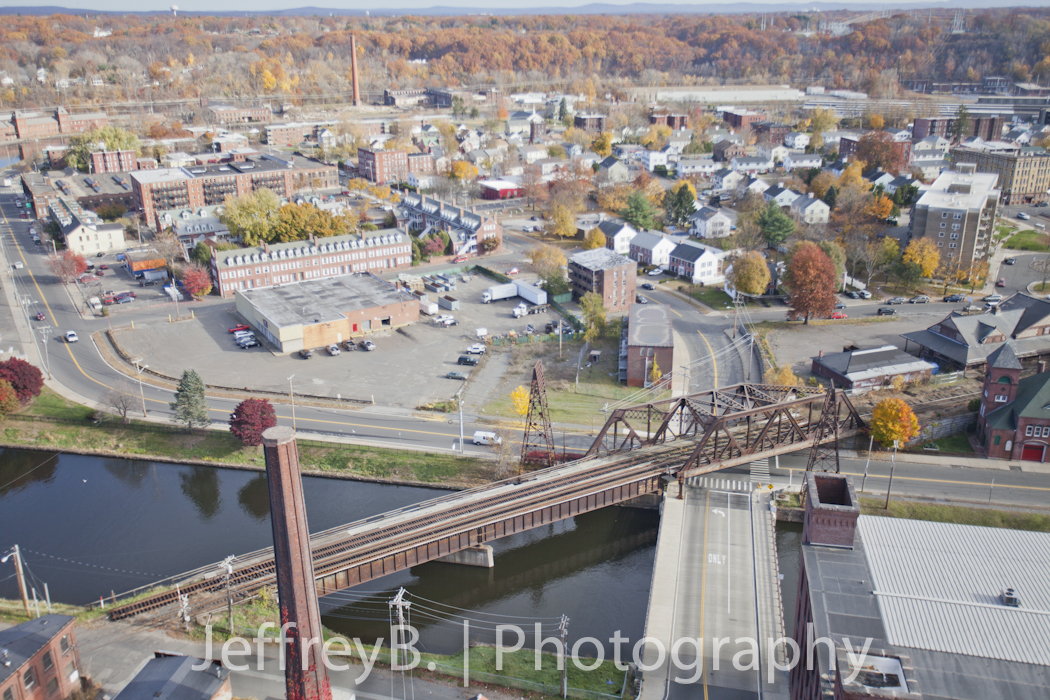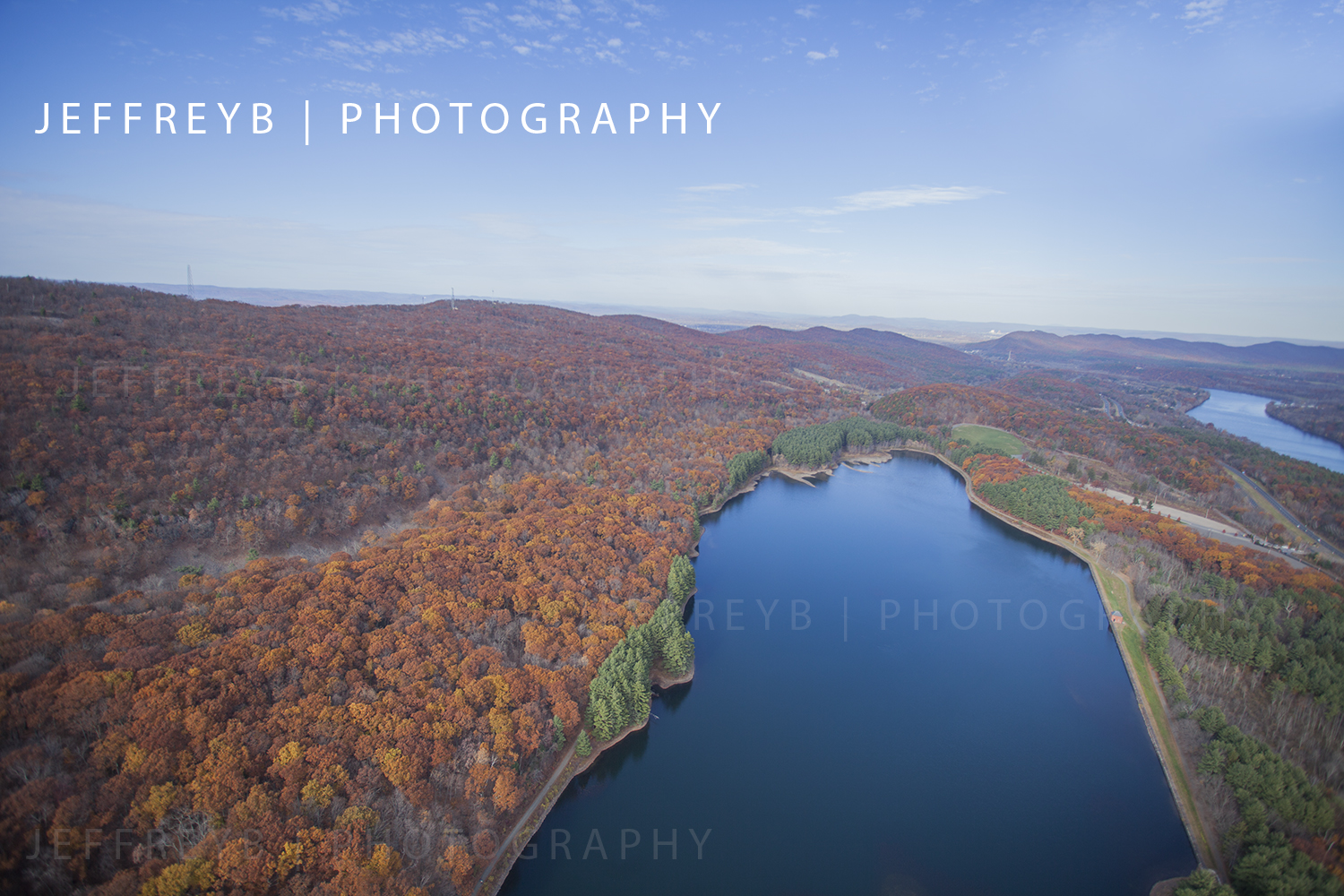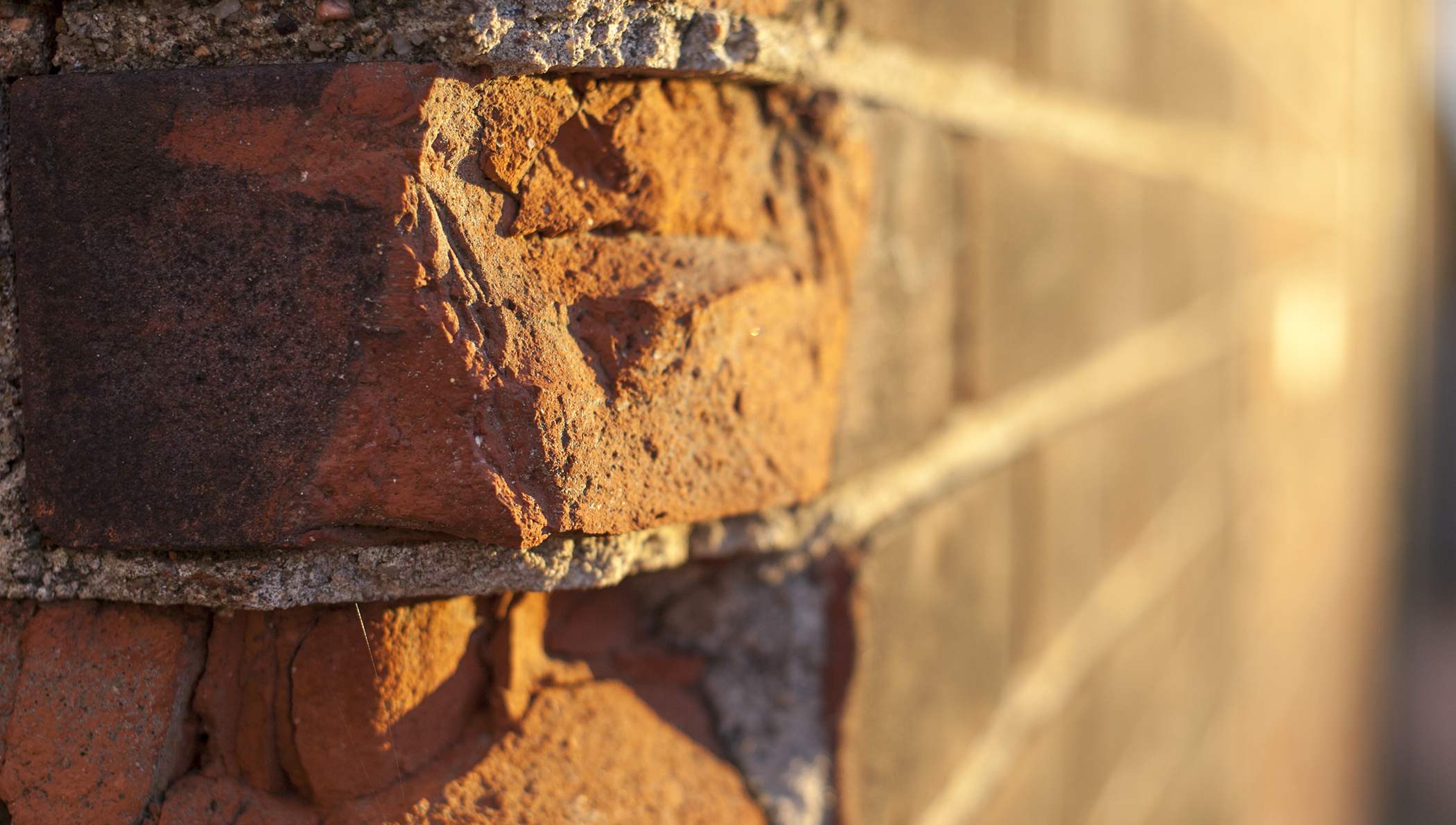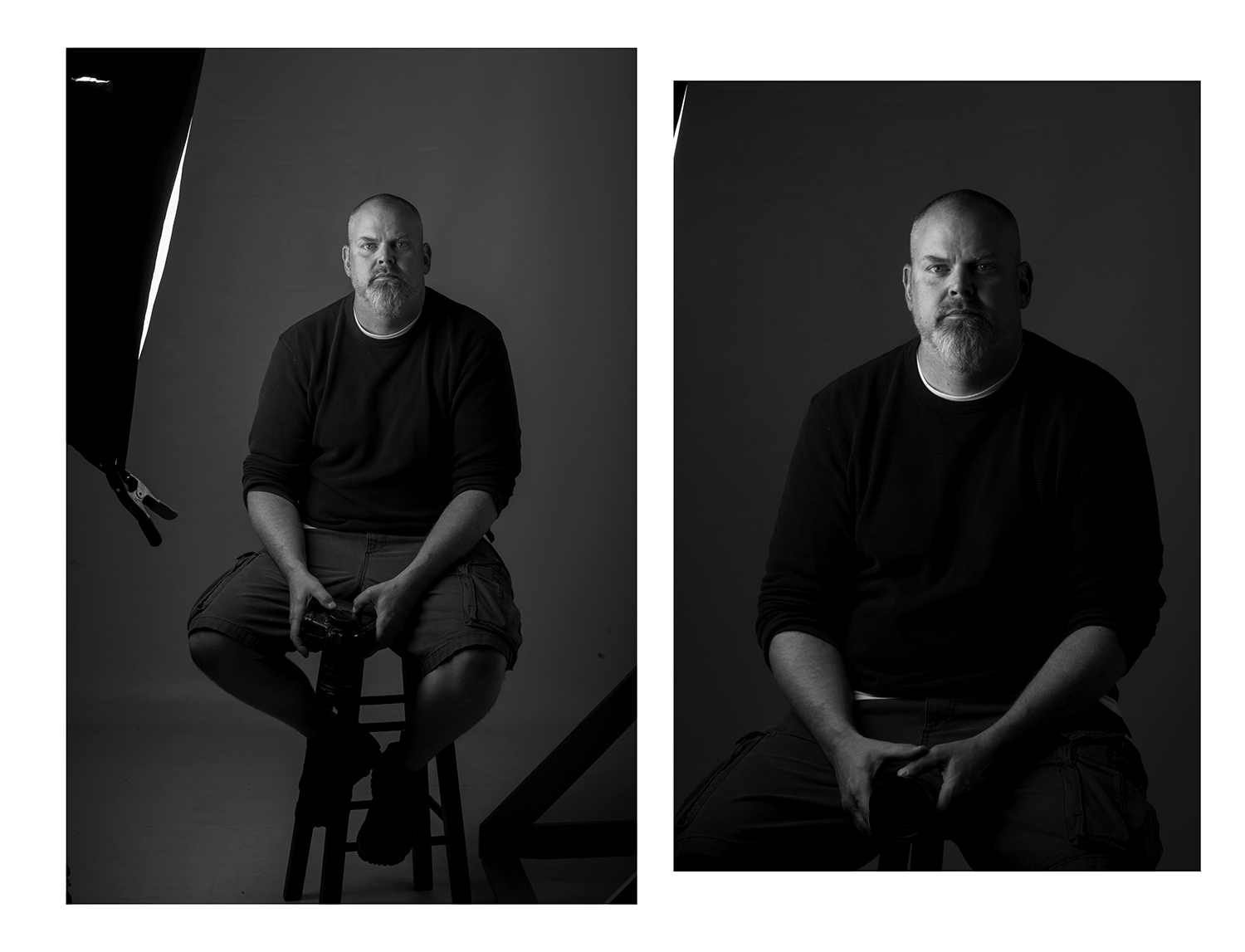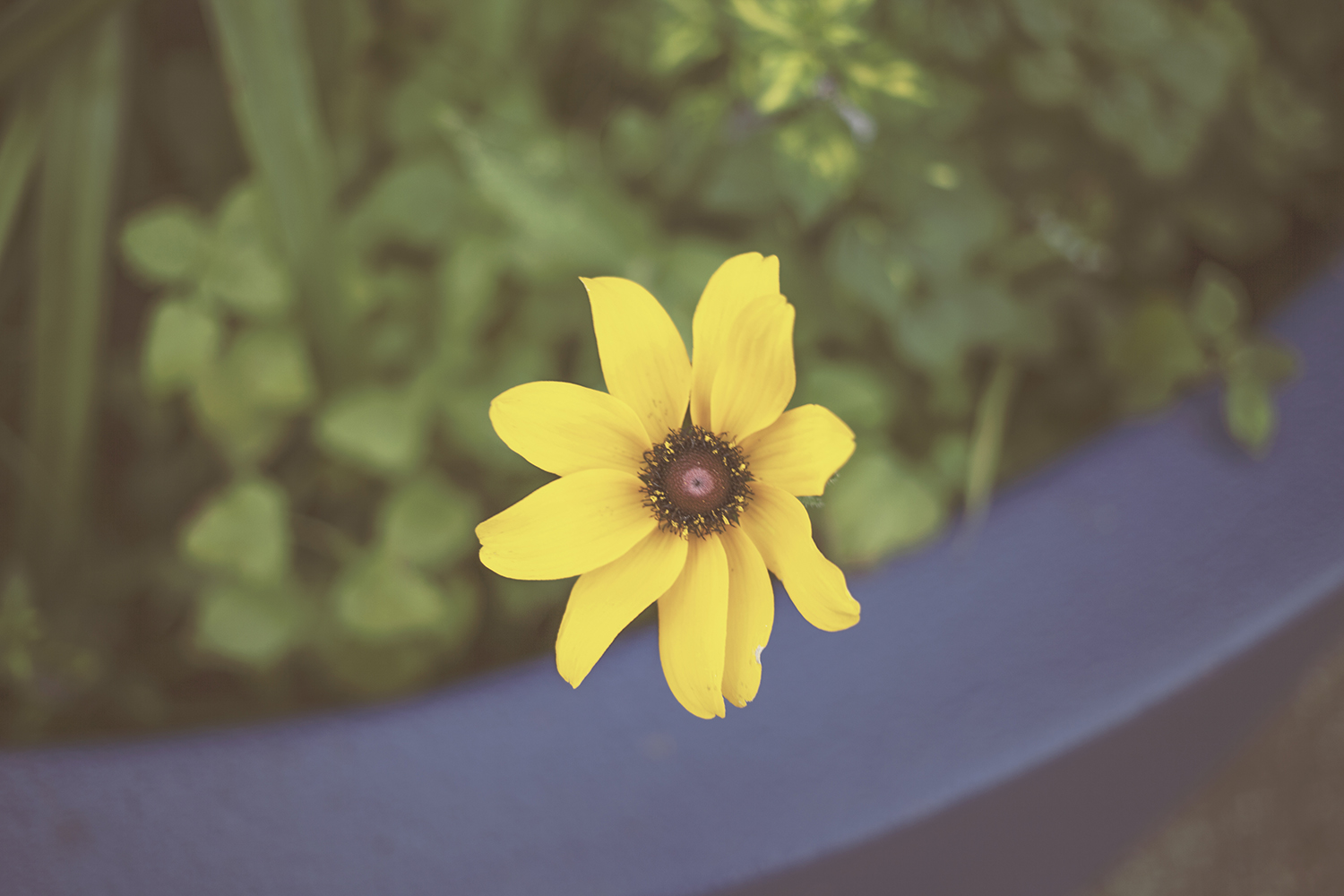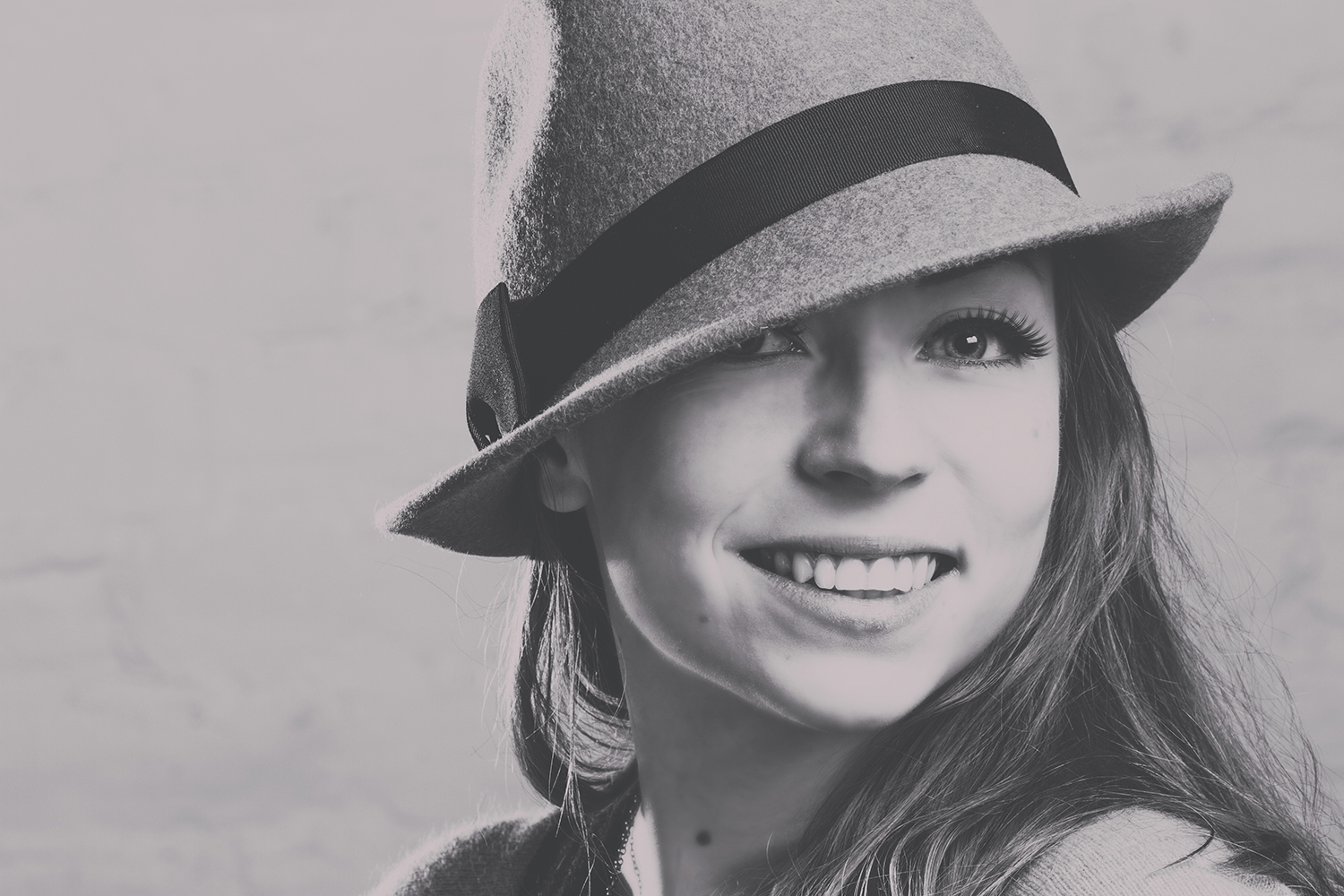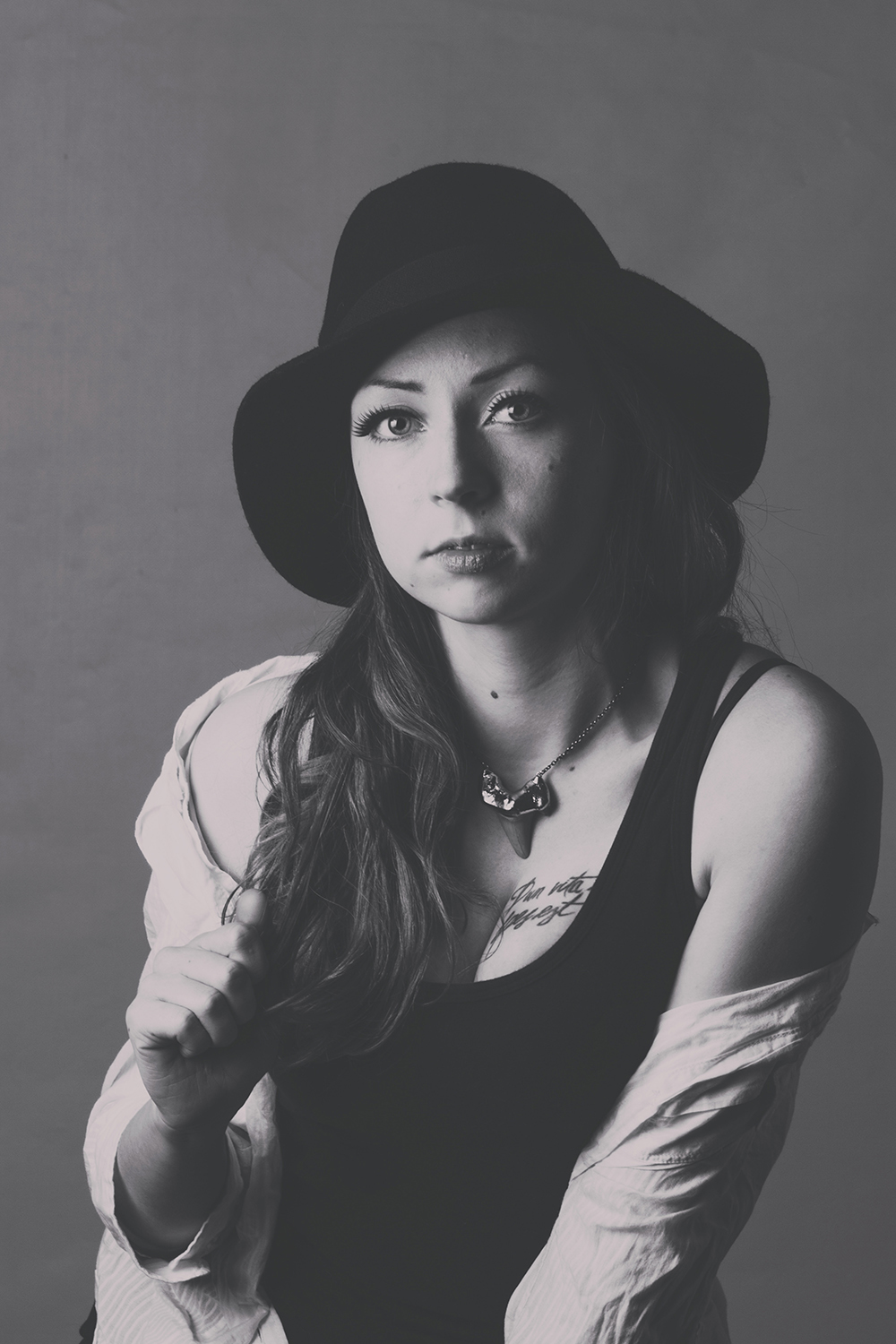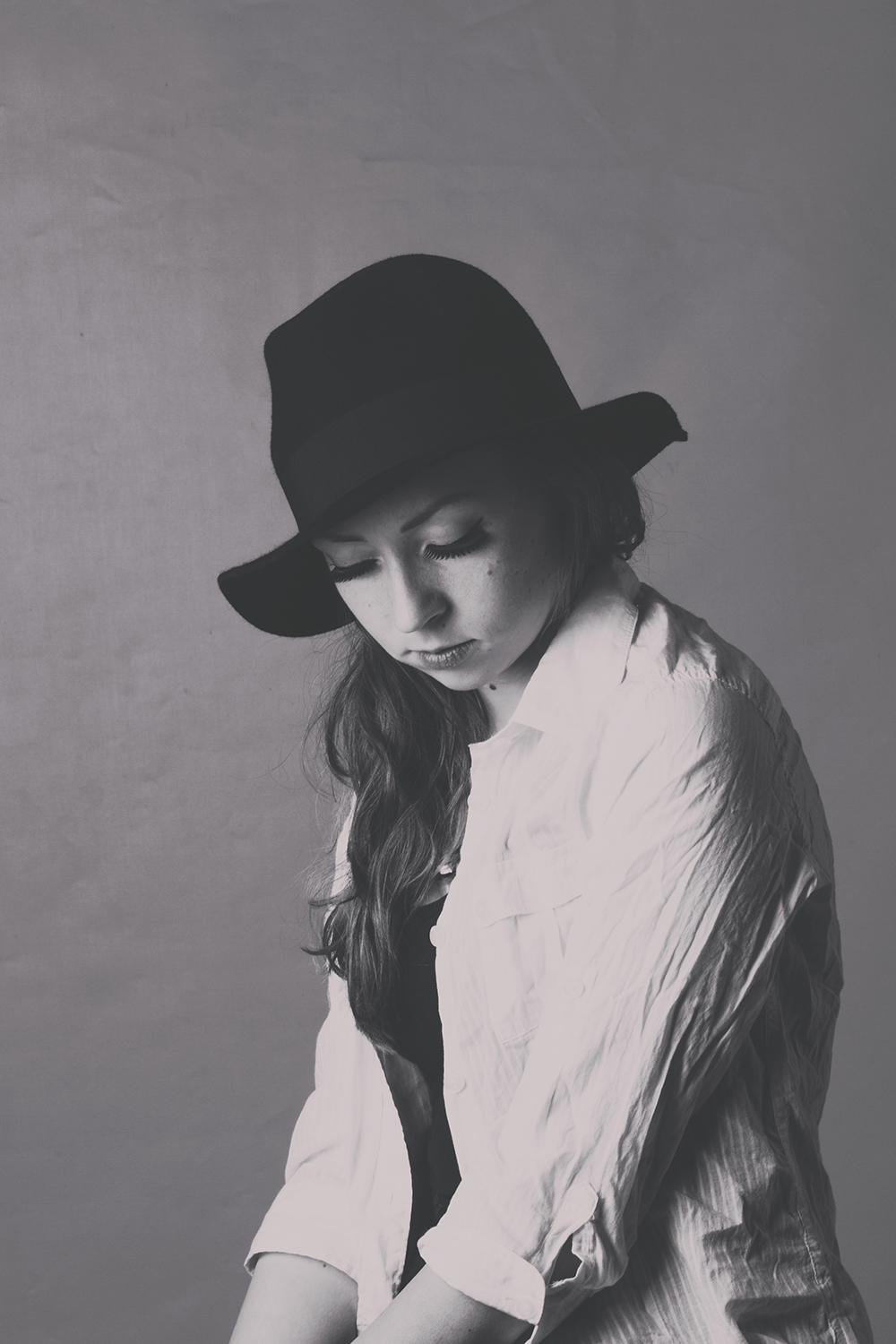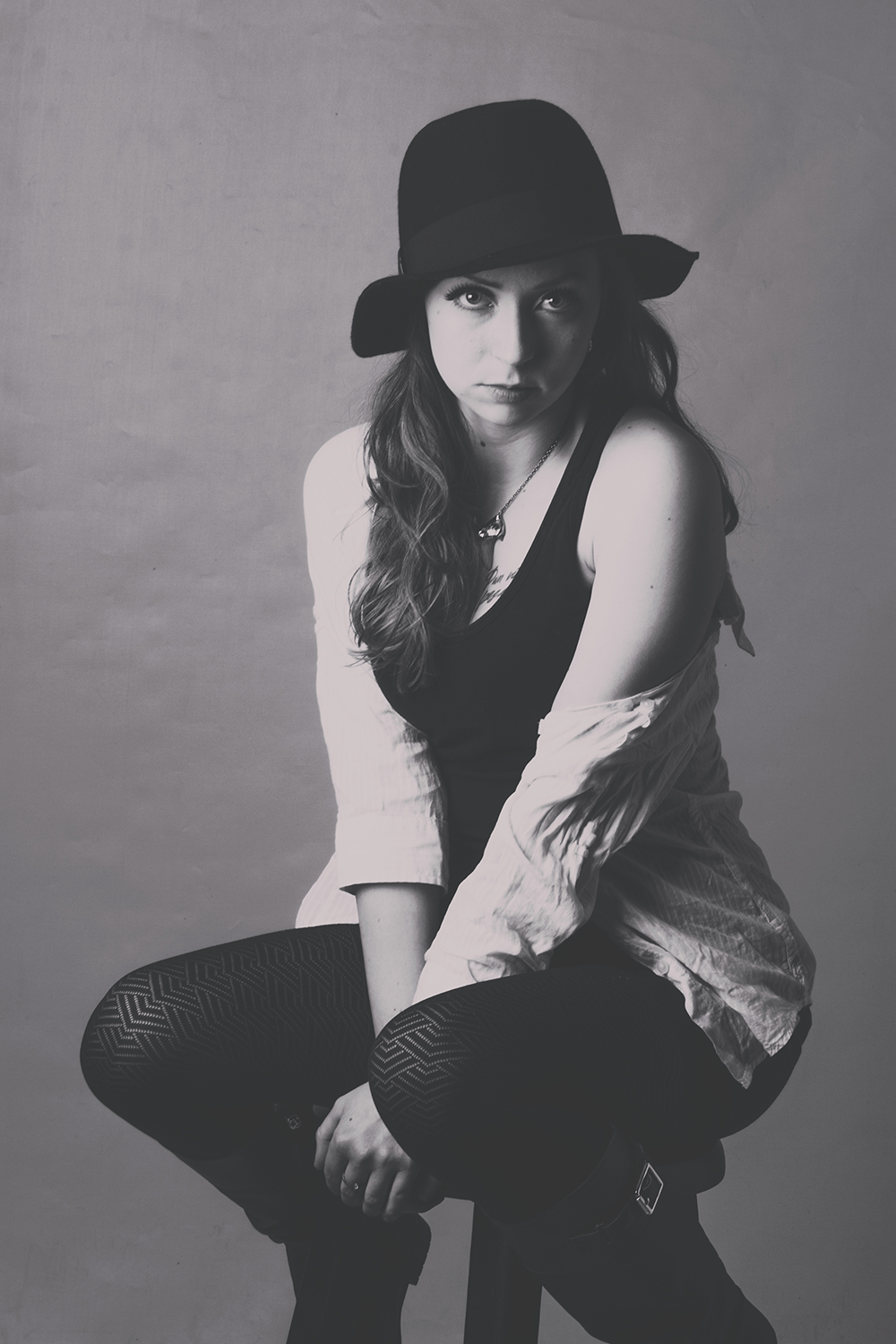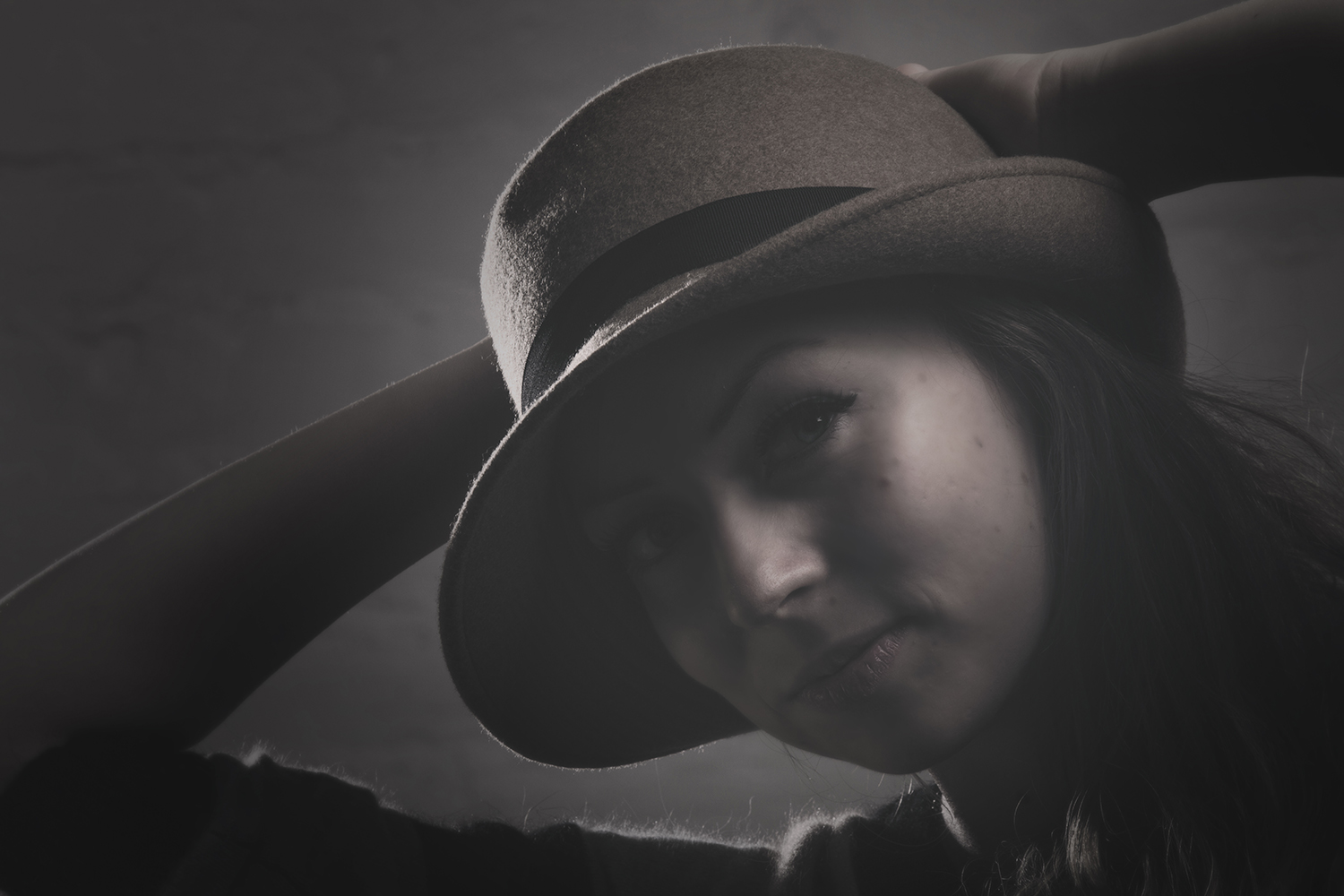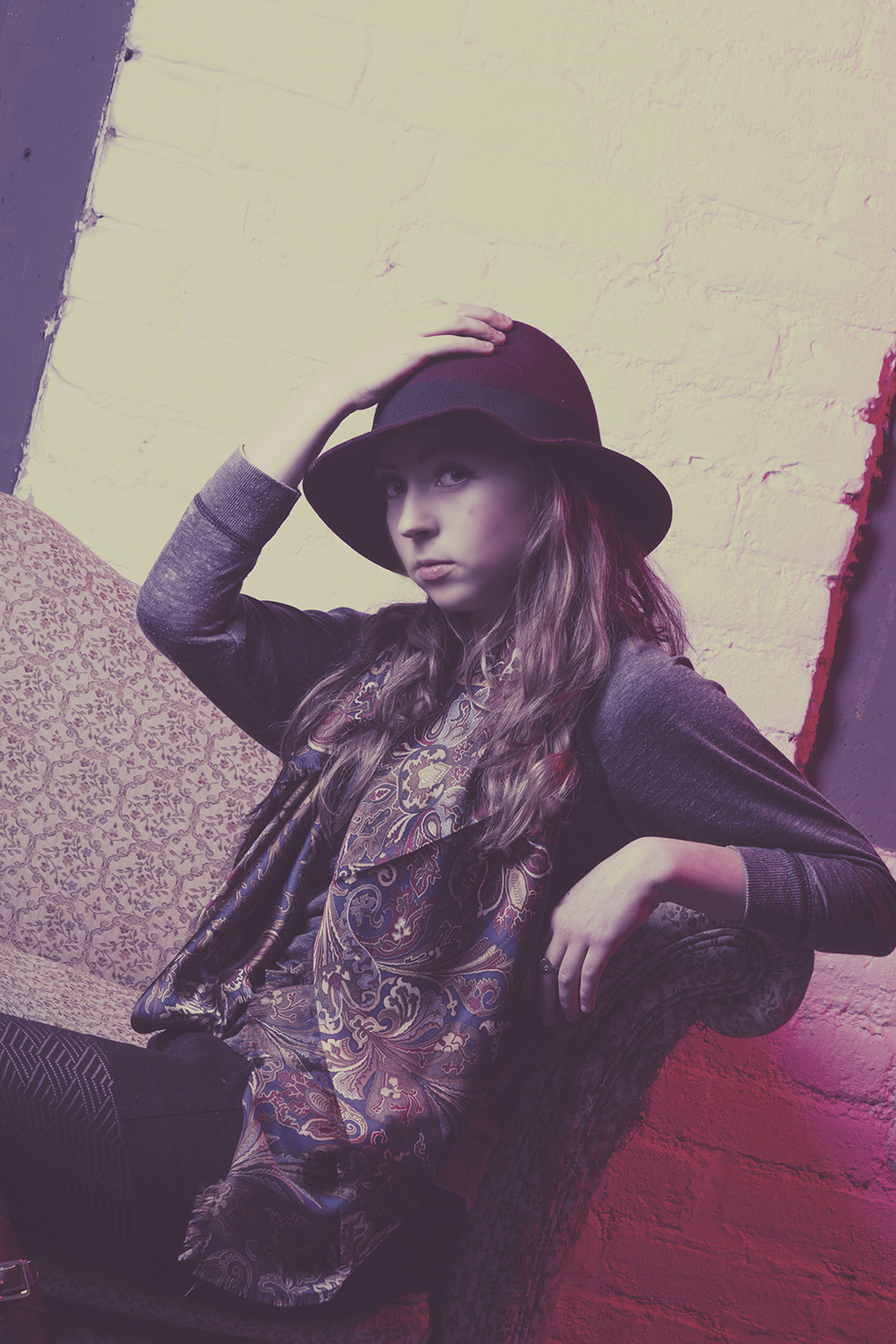Business Portraits: Less than 15 minutes
I have read countless articles and blog posts about those super famous, super high end photographers that shoot executives, CEO's, Celebrities, and the likes of famous and ultra busy professionals. While I am not shooting Fortune 500 CEO's yet, everyone I photograph is as equally important.
This afternoon I stepped out of the studio and went to the rest room for a hot 20 seconds. I came back and found I had a missed call. Before I had a chance to call back, I received a text. I thought it was life or death. "Call me ASAP," a phrase that usually means someone needs something in a hurry. So I did. It was Bob, my assistant and second shooter for some work. His day job is shlepping paint on walls of homes and other buildings. The owner of the company, a serial entrepreneur, need some new head shots for some PR and Marketing purposes. I had a miss communication in my schedule and told Bob I only had a specific time I could fit him in today. They were set to arrive at 4 pm. Will, CEO, Owner, Important person, had a 5pm meeting or something and needed to drive to the location from the studio. I knew I would have a mere few minutes to capture him.
After realizing I fahcked up my schedule, glitch with cell phone calendar, I didnt have to worry about setting up the studio, lighting for head shots, while he was there. I pre set the studio with two different setups. Both set ups required two very different lighting set ups. I whipped that together in a jiff and was ready for them to arrive. Will was in studio for about 10 minutes. It took him longer to adjust his wardrobe than it did to make the photographs. Within an hour of the shoot, the images were processed, retouched, and in the dropbox folder. I may not be shooting the worlds most important people at the moment, but everyone I shoot for is treated as if they are the most important person whom has walked through my door, or sat in front of my camera.
Dance Photography: In Studio
Last weekend I shot some dance in the studio. The moment Sarah arrived I stressed that I did not want to see anything technically perfect. There is a time and place for perfection, this shoot was not one of those moments. One of the most important things for a dancer is to be just that, perfect, well nearly perfect. The pose, the movement, the right position within the dance, etc. Perfection or nearly perfect can make or break a performance. With this shoot, I wanted to convey a sense of portraiture, a sense of fashion, throw in some personality and lights, and we have a shoot. I like shooting dance, like I do fashion. The more I shoot, the happier I am.
The following set of photos are an homage, kind of an inspiration to Edgar Degas. Degas is known for his paintings, be he also made photographs of dancers. His work is both beautiful and iconic. I have had the luxury of seeing some Dagas paintings in real life. Yup. I stood right there looking at his brush strokes. Breath taking, for sure....
Photography: The Silhouette of Industry
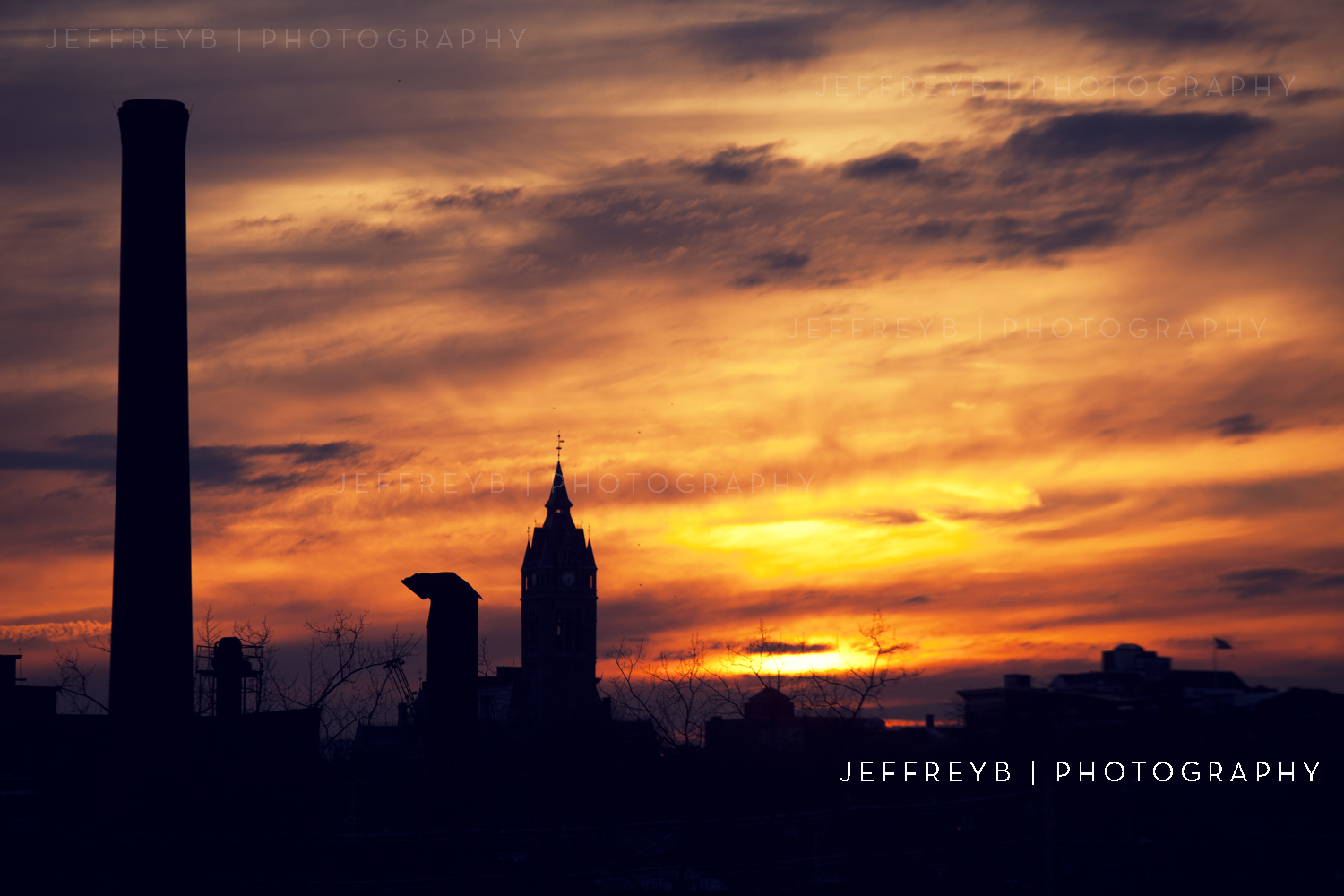 Those who know me best, or at least know my work by sight, can describe my images well. Often times people get confused and think my first choice of subject matter is abandoned buildings and cityscapes. This is entirely incorrect as my interests in capturing cities, both with people and without is to document what fascinates me. The objects left behind from the era of industry are relics. A building that once used to house factory workers is as equally interesting as the mill building itself. It is likely that I will never figure out what compels me to study them. I am in no way driven to study the workings and history of the era of industry. I am however fascinated at its existence. It sounds odd to say that I am not interested in the history, yet I have extensively photographed one of the greatest contributions to the era of Industry, the Queen of Industrial Cities, Holyoke.
Those who know me best, or at least know my work by sight, can describe my images well. Often times people get confused and think my first choice of subject matter is abandoned buildings and cityscapes. This is entirely incorrect as my interests in capturing cities, both with people and without is to document what fascinates me. The objects left behind from the era of industry are relics. A building that once used to house factory workers is as equally interesting as the mill building itself. It is likely that I will never figure out what compels me to study them. I am in no way driven to study the workings and history of the era of industry. I am however fascinated at its existence. It sounds odd to say that I am not interested in the history, yet I have extensively photographed one of the greatest contributions to the era of Industry, the Queen of Industrial Cities, Holyoke.
I grew up across the river. I grew up hearing stories of what Holyoke used to be. Today, I am part of conversations of what Holyoke is going to be. A city that was founded on innovation and creativity is in a liminal stage. I often say that we are so far from Industrialism that the labeling of a "post-industrial" city should be forgotten. Cities that once relied on manufacturing and the production of goods no longer do. To move forward is to embrace the past and understand ones roots, but look beyond the horizon.
I made this photograph in passing today. I have shot this same image dozens of times over. Today it seemed fitting though. I have been engaging in conversations recently that have discussed the fabric of the cities beginning. While it is true that I do not read much about the history of industrialism, never-the-less I am at times so immersed in it. For me, the roads, buildings, and images that I construct are all based on vision. Both the literal sight of the object as well as the mental capacity to visualize what is no longer there. Countless times I have stood facing an object, door, room, machine, and section of a mill building just wondering. Wondering what it was like to be in that environment as it was thriving, living, breathing the intended life it was meant to live.
Many buildings stand today. Problematic for the city. Eye sores for the community. Un-answerable questions exist for the municipality that aspires to have the city flourish with life life once again. The challenges that face Holyoke are uniquely different than the neighboring once, former, post-industrial city. Other cities have begun to answer their questions and are on a fast track to a new life, some, some have long days ahead of them.
2014: New Photography, New Beginnings
 Greetings! Welcome to a new year! This is the first post of the new year and the first post in a very long time. I closed out 2013 working on some great projects, enduring a major catastrophe for my business, details to come shortly, and said good bye to great year of new friends and new business. I started the year off in Vermont. What a trip. See the above panorama of Stowe Vermont and Mount Mansfield.
Greetings! Welcome to a new year! This is the first post of the new year and the first post in a very long time. I closed out 2013 working on some great projects, enduring a major catastrophe for my business, details to come shortly, and said good bye to great year of new friends and new business. I started the year off in Vermont. What a trip. See the above panorama of Stowe Vermont and Mount Mansfield.
I took a vacation to start the new year properly. There comes a time when we all need to take time to escape. Well, after a long and trying few months, I hit the wall and needed to recharge for the new year. In 2014 I have some great things planned. Some great ideas and some incredibly new work.
Twice in 2013 I flew in a helicopter to make some photographs. The sky is the limit for 2014. I am anxious to travel and fly again. Hopefully very soon I will be off to another awesome destination.
Canon Vs. Canon: Lets talk tech...
So I bought a new camera today and I am going to put a no bullshit post together to discuss a few things. I did a side by side comparison of a Canon 7d and a Canon 5d Mark II in studio. I also did a few shots with the camera during an art exhibition and a quick walk around the studio. I am going discuss Depth of Field, (not bokeh) High ISO vs. Low ISO on the Canon 5d Mark II, and of course, what the cropped sensor vs full frame sensor looks like. I am going to start with Depth of Field. This is to educate you budding photographers. Depth of Field refers to the blurry background. Bokeh is a generic word that has no direct correlation to photography. It is not a photography term. It is a word someone, somewhere decided to place meaning to the shallow depth of field that a lens can provide. The smaller the F stop, F1.2, F 1.4, F 1.8, F 3.2, F 4, the shallow the depth, the more blurr the background will have. Everyone loves a great depth of field. But, bokeh is just that, a generic effect that people think can be applied, when such is not the case. There are reasons why companies charge you 1, 2, and 3 grand for a lens, because it makes your photos looks amazing. That is so long as you know what you are doing with the lens. See the photos below.
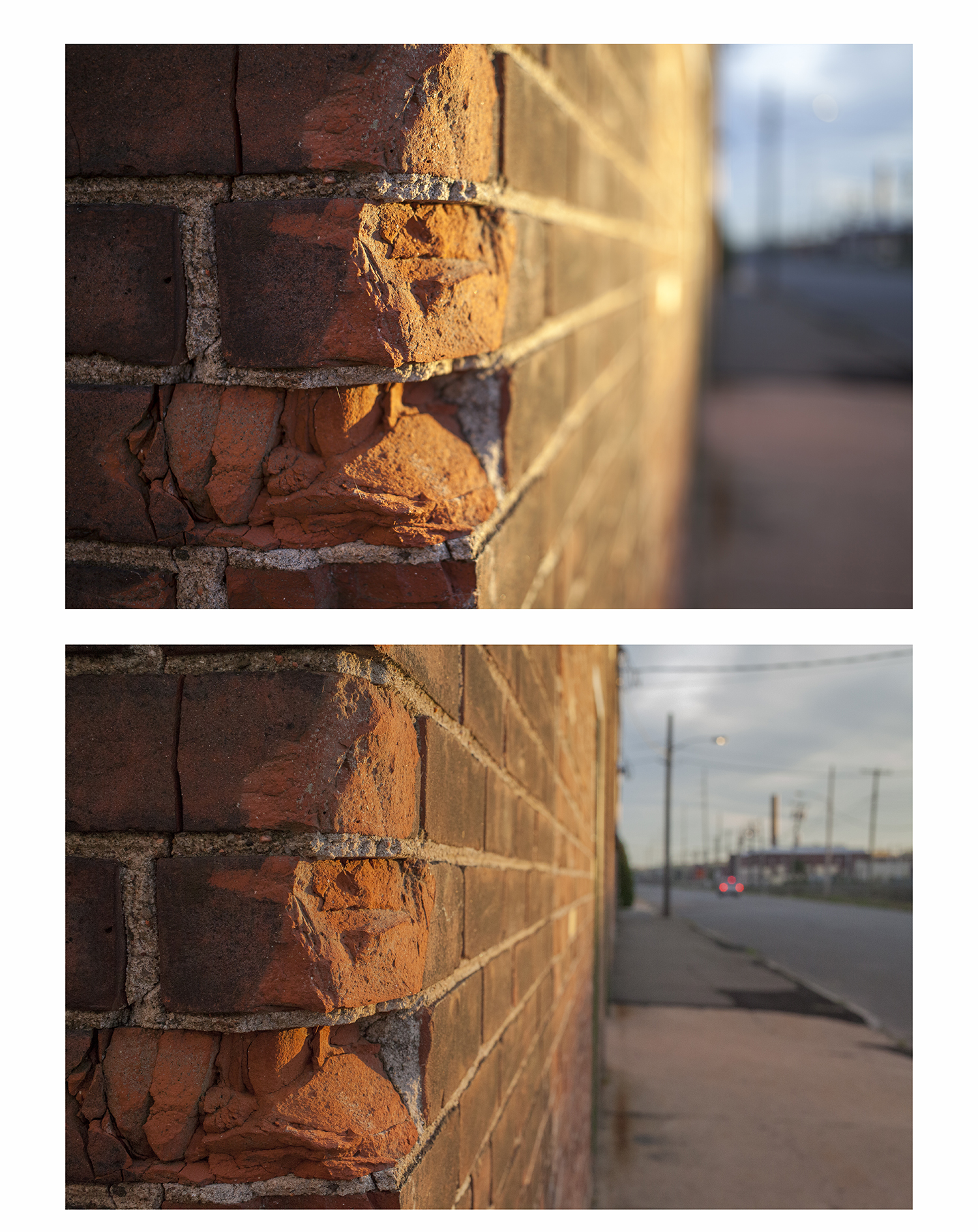 This photograph is a comparison of the Low ISO, or standard ISO of 100 (TOP) of the High ISO of 6400 (BOTTOM). The top image was shot at F3.2 and an ISO of 100. Below was shot using an F stop of 10 and a shutter speed of around 500, ISO 6400. Now, I can tell you that an ISO at 6400, shutter speed of 500 and F 10, not necessary, but to do a comparison, very much needed. With a good, strong, proper light source, fadding sunset to the right, you will not see massive chunks of grain and digital noise. Why is that you say? WHY do both photos look so similar? Well, that is very clear. It was shot on a Canon 5d Mark II. The processor, Full Frame sensor, makes this camera a beast!!!
This photograph is a comparison of the Low ISO, or standard ISO of 100 (TOP) of the High ISO of 6400 (BOTTOM). The top image was shot at F3.2 and an ISO of 100. Below was shot using an F stop of 10 and a shutter speed of around 500, ISO 6400. Now, I can tell you that an ISO at 6400, shutter speed of 500 and F 10, not necessary, but to do a comparison, very much needed. With a good, strong, proper light source, fadding sunset to the right, you will not see massive chunks of grain and digital noise. Why is that you say? WHY do both photos look so similar? Well, that is very clear. It was shot on a Canon 5d Mark II. The processor, Full Frame sensor, makes this camera a beast!!!
The only difference between the top and bottom photo are, Depth of Field. Look closely. A small number is a bigger opening in the lens, thus, allowing more light in, but also, it creates that incredible gradated blur. See below.
This photograph was made at ISO 100, F3.2 shutter speed of 160th a second. Pretty nice how it shifts to blur right? Check out the photo below.
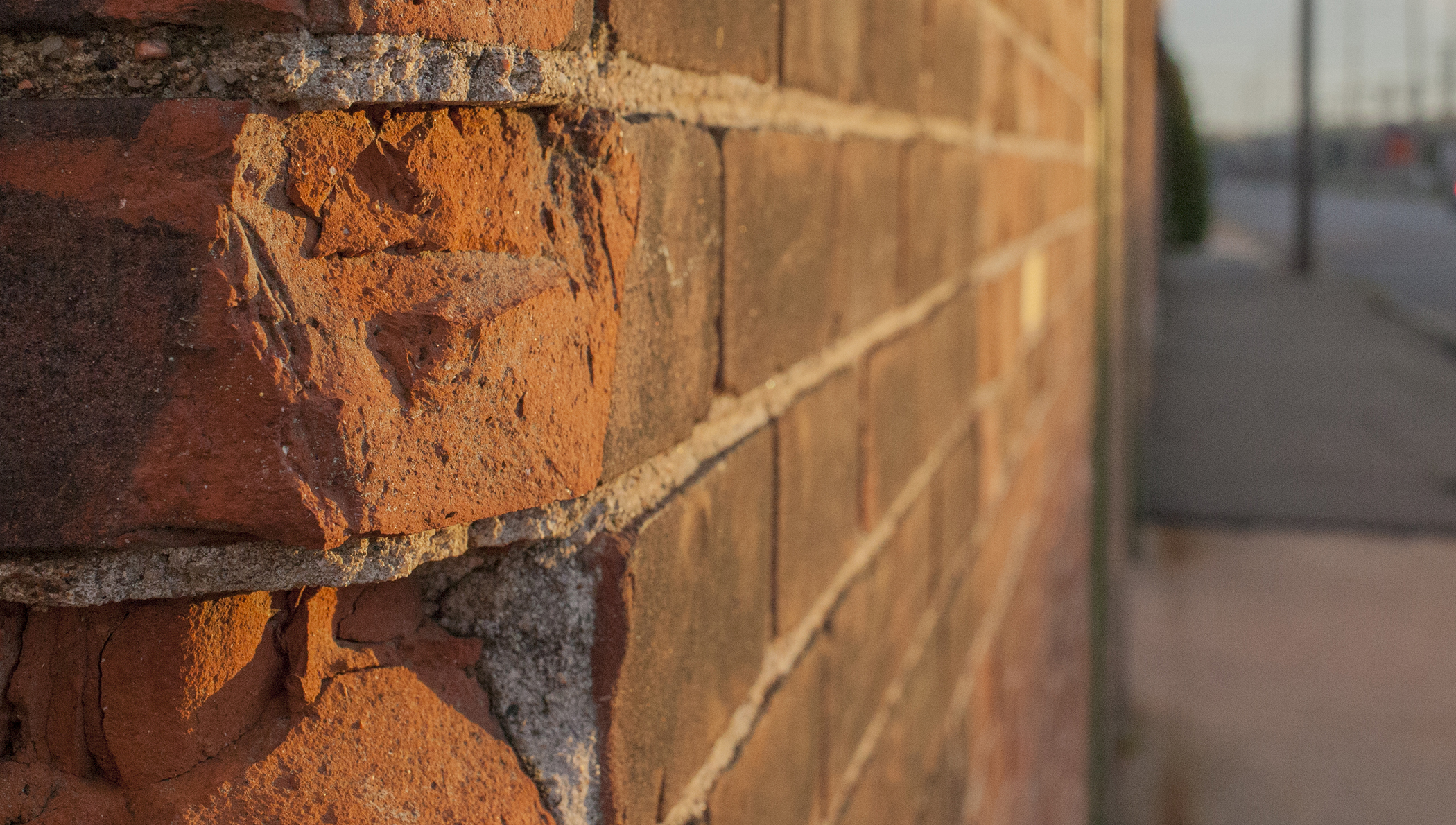 This photo was made using ISO 6400, F 10, shutter speed around 500. The bigger the number, the smaller the number, the less blur that is resulted. Its not called anti-bokeh... Its just less depth of field..
This photo was made using ISO 6400, F 10, shutter speed around 500. The bigger the number, the smaller the number, the less blur that is resulted. Its not called anti-bokeh... Its just less depth of field..
The reason I am so against this terminology is that it is mis-informative and does not provide a clear understanding of what is happening. Now, with the iPhone and this new Nokia Lumia 1020 piece of junk that claims to have this incredible focus and 41 mega pixels, which is 38 more than a cell phone needs, people are applying filters and such that mimic what a professional camera can do. Depth of Field is a real term, with an entire science behind it. Bokeh is a philosophy that has Asian roots, not a term that denotes a photographic process. One could argue that is not true, since someone applied that to photography, but one would be incorrect.
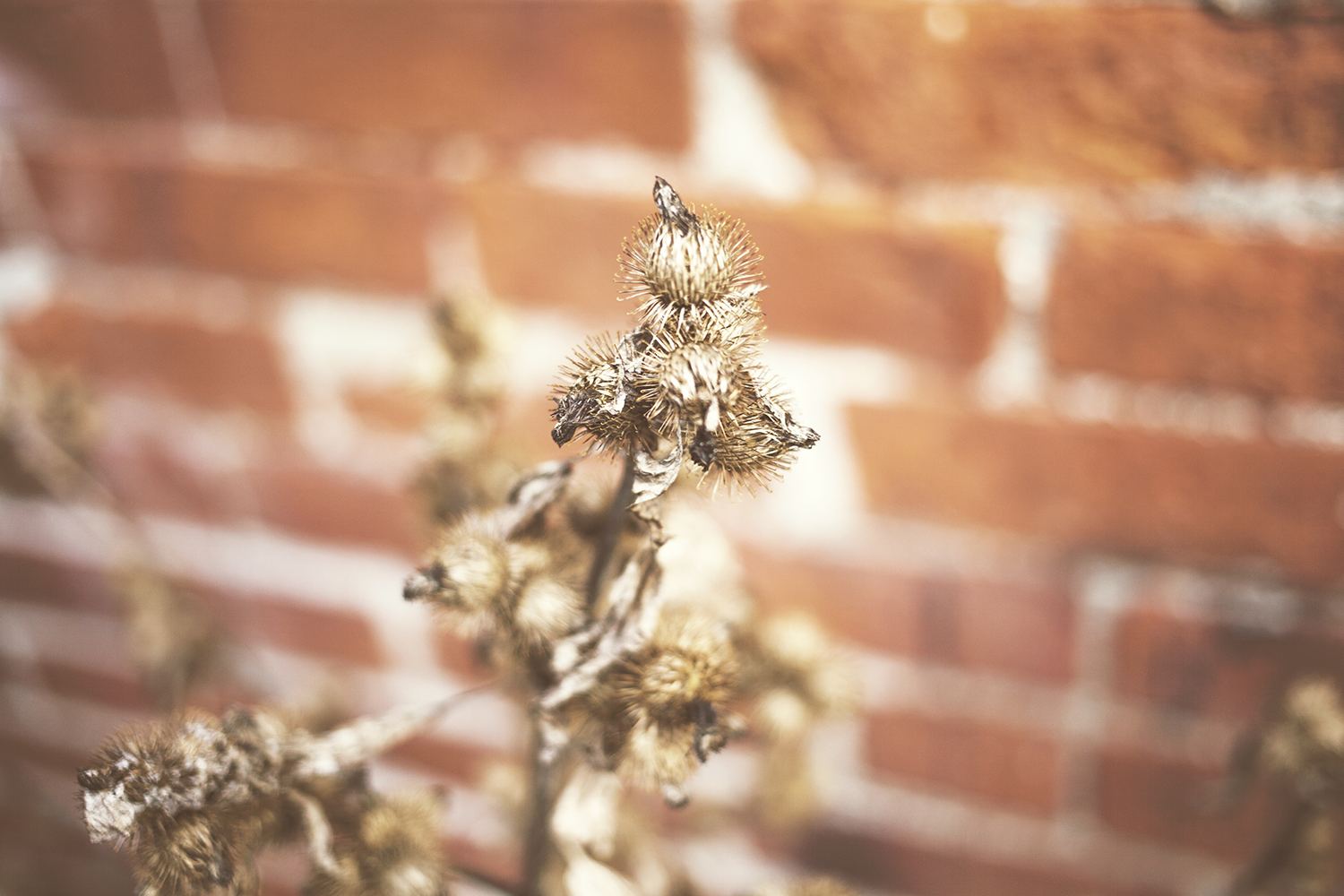 That is pretty, ain't it? Chicks dig flowers. Photograph flowers and chicks will dig ya. (Not really)
That is pretty, ain't it? Chicks dig flowers. Photograph flowers and chicks will dig ya. (Not really)
Lets talk about the difference between a full frame sensored camera and a cropped sensored camera. Why do you need a camera that costs $2500.00 vs a camera that costs $500.00? Here is why. Because you do. Well, more explanation is warranted. A full frame sensor is better. Better performance, less noise, less grain, large images closer to what a 35mm negative would produce. Over all, they are better, faster, and produce higher quality images. No lie. It makes all the difference in the world.
Take a gander at the following image of two photos.
Both photographs were shot in studio, both were shot using a 70-200 mm f2.8 with a sexy Profoto light. What are the differences? Well, look at the photo on the left. You can see Bob's entire body on the stool, where as the image on the right, you can not. Why is that? Well, that is what a cropped sensor does. Both photographs were made standing on the same crack on the floor board. While the image to the right is technically better because all the junk, stool, softbox, and legs from the gobo are out of the way, it is a great way to show the comparison of full frame vs. cropped, and, if you take notice, the cropped (right) is a bit smaller in general.
Again, photograph flowers. Chicks will dig ya. (no, they really really won't.)
So, what is the point of this article? Stop using the word Bokeh, and if you want to be a professional photographer, making professional images invest in the proper equipment. If you are a hobbyist with expensive camera gear, with zero clue as to what you are doing, perhaps a photography course would broaden your minds. I kid, I kid. Really I do. If you love making photographs, love using your camera, explore. Explore what the camera can do, what it is capable of, what its limitations are, but most importantly, explore what your limitations are, and go beyond them. When I picked up my first digital camera, I had no idea how to use it. I had a vast working knowledge of photography using film, paper, and chemicals. Since then, I have devoted my entire life to learning. Learning how to produce photographs.
(I hope you have enjoyed my comedic cynicism. Toodels)
Fashion Photography: Lights, Cameras, Hats, Hats?
Everybody looks great in a hat. I personally spend a bit of time each season trying to find the right hat that defines who I am. Not everyone looks great in the same stye hat. I know for a fact I couldnt pull off one of those irish hats, you know the one you see EVERYONE wearing around St. Patricks Day.. I can rock a hat similar to Indiana Jones. Here are a few shots with some hats.






